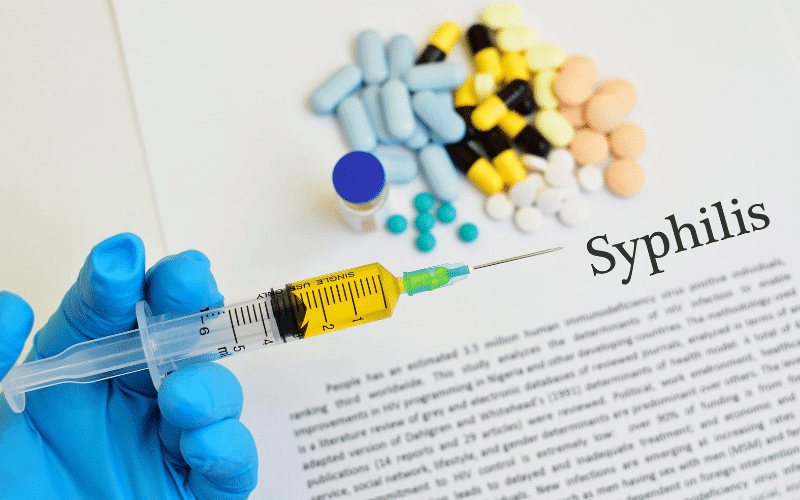Introduction: The Importance of Recognizing Syphilis Symptoms
Syphilis is a sexually transmitted infection (STI) that can lead to serious health problems if left untreated. Often dubbed the “great imitator,” this bacterial infection can manifest in various ways, making it difficult to diagnose. That’s why understanding the common symptoms of syphilis is crucial to detecting and treating the infection early, reducing the risk of complications.
In this article, we’ll discuss 15 prevalent symptoms of syphilis, spanning its primary, secondary, and tertiary stages. We’ll also explore diagnostic methods, treatment options, and prevention strategies to help you stay informed and protect your health.
Syphilis: An Overview
Caused by the bacterium Treponema pallidum, syphilis is a highly contagious STI. It can be transmitted through direct contact with an infected person’s syphilis sore or rash during vaginal, anal, or oral sex. Pregnant women with syphilis can also pass the infection to their unborn babies, potentially leading to congenital syphilis.
Although syphilis is curable, early detection is key. If left untreated, the infection can progress through three distinct stages, each characterized by different symptoms. Recognizing these symptoms is essential to seek timely medical intervention and prevent long-term damage.
Stage-Based Symptoms: A Breakdown
The symptoms of syphilis vary according to the stage of the infection: primary, secondary, and tertiary. By understanding the signs associated with each stage, you can better identify the infection and take prompt action.

Symptom 1. Primary Stage: Painless Sores (Chancres)
The initial indication of syphilis is the appearance of a painless sore called a chancre. These sores can develop in various locations, making them challenging to detect.
• Where Chancres Appear: Chancres often form on or around the genitals, but they can also develop inside the mouth or around the anus. It’s essential to perform regular self-checks and be vigilant about any unusual sores or bumps, especially if you’re sexually active.
• Duration and Disappearance: Chancres typically last for about three to six weeks before disappearing without treatment. However, the absence of a sore doesn’t mean the infection is gone. Without proper medical intervention, syphilis will advance to the secondary stage.
• Importance of Early Detection: Identifying and treating syphilis during the primary stage is crucial to prevent complications. By recognizing the presence of a chancre and seeking medical help, you can effectively halt the progression of the infection and minimize its impact on your health. (1)